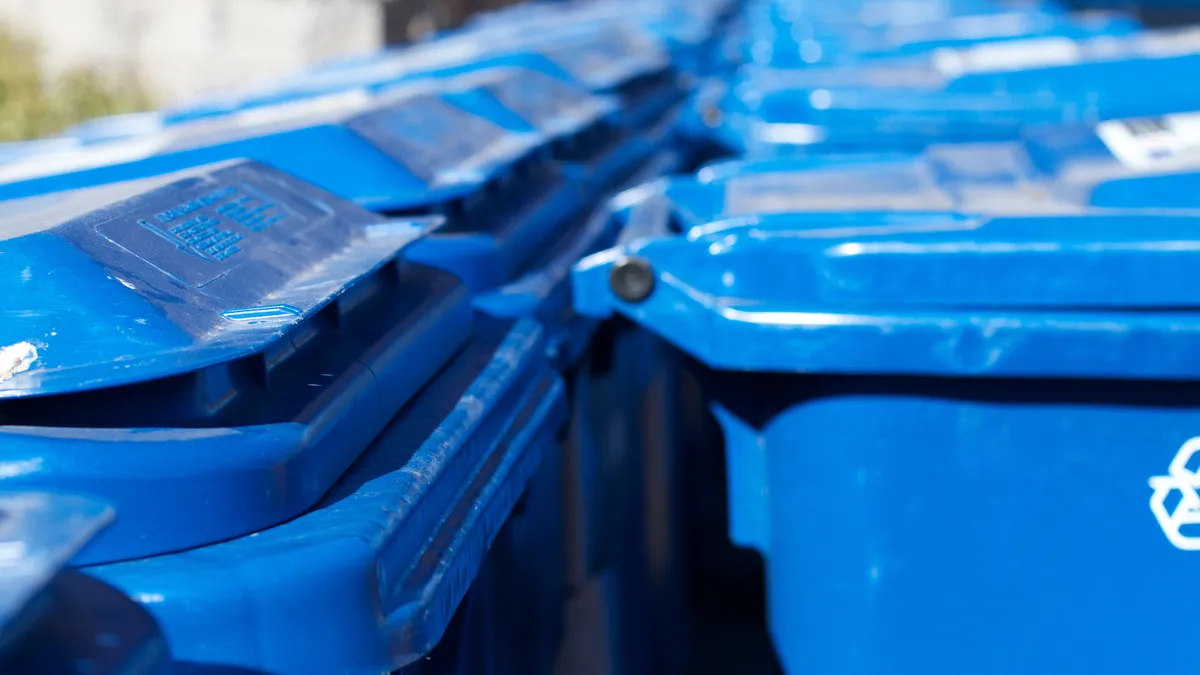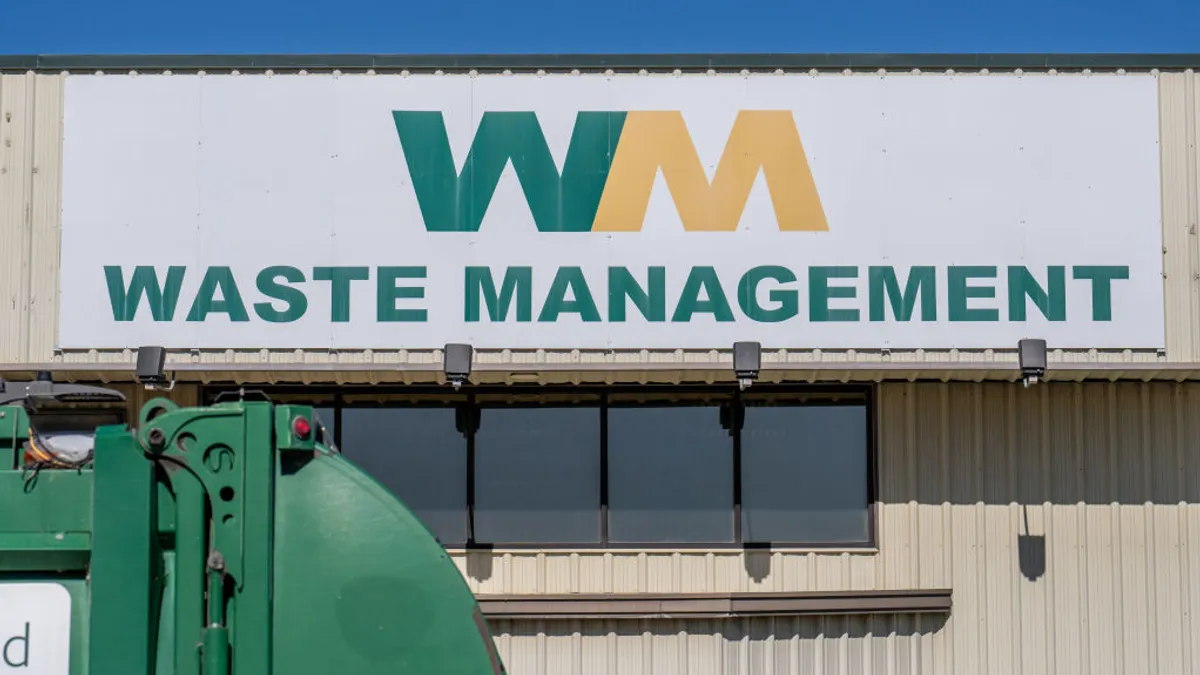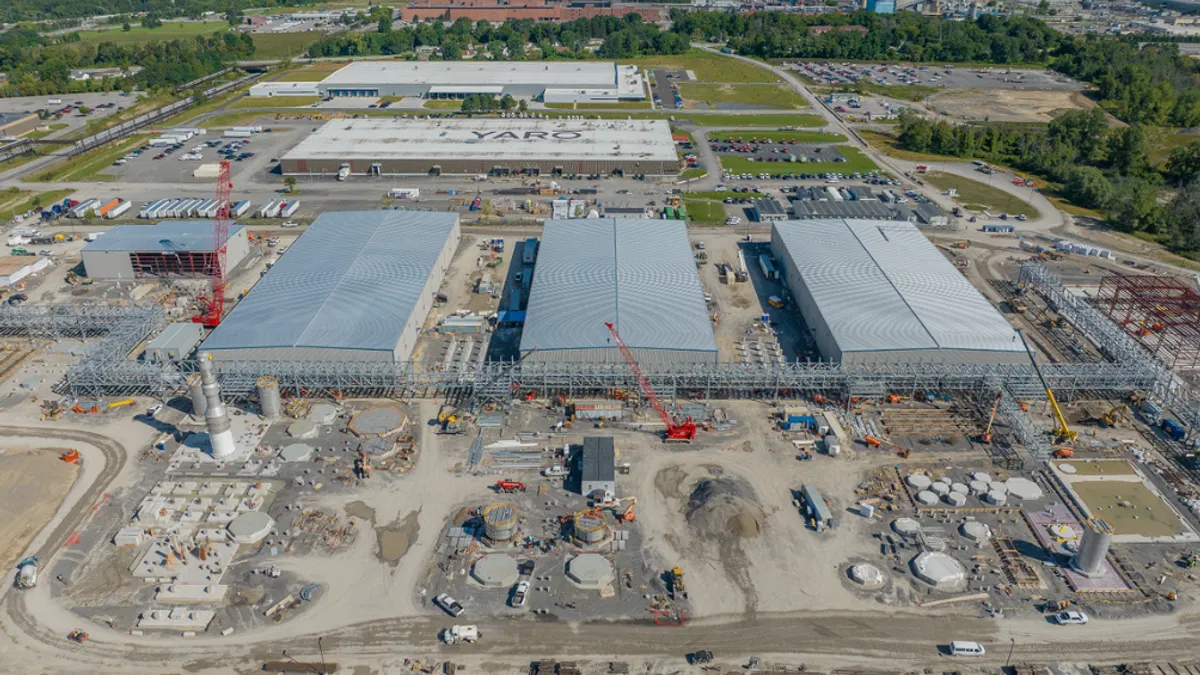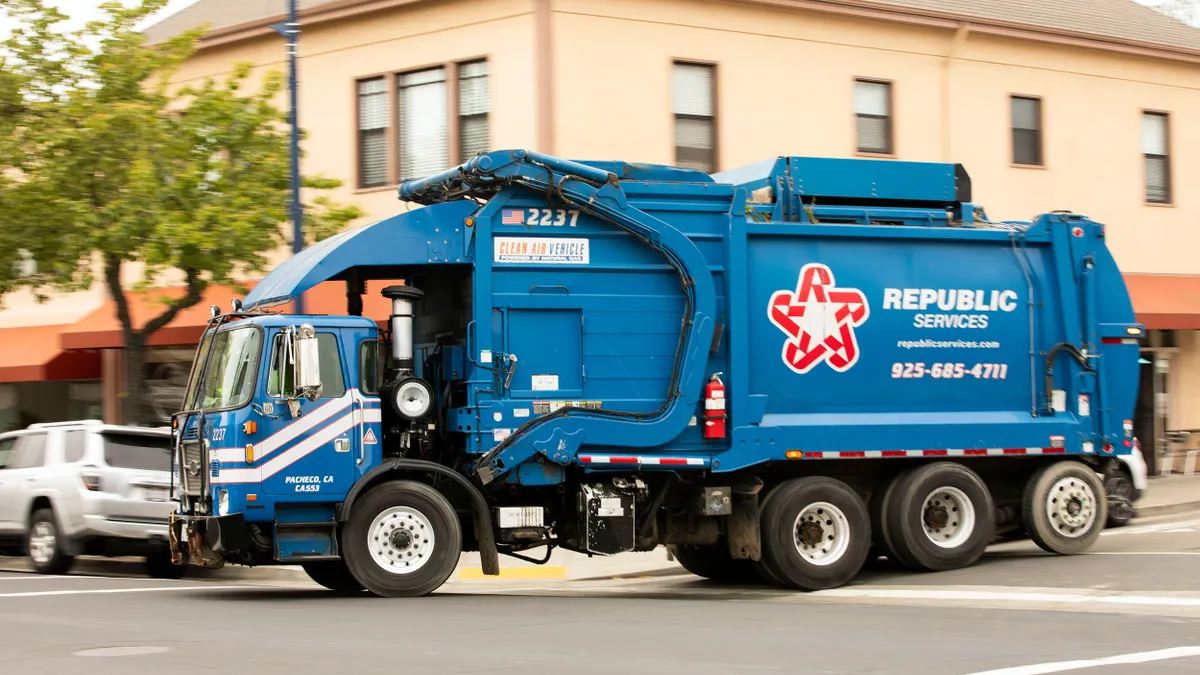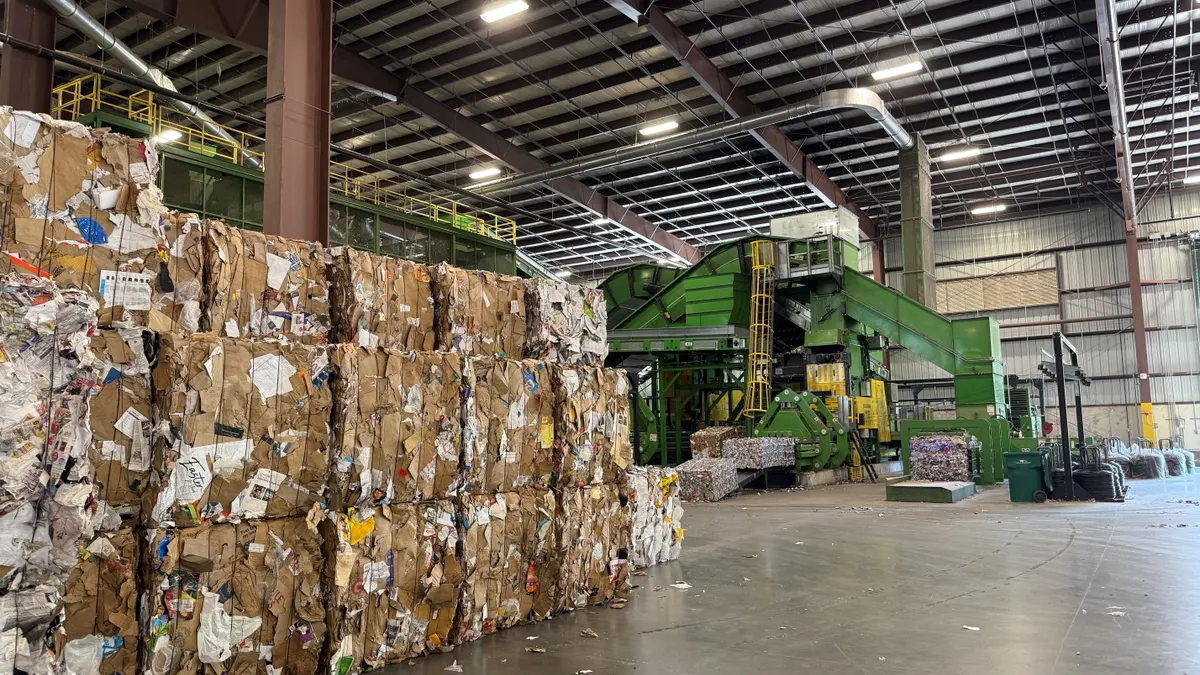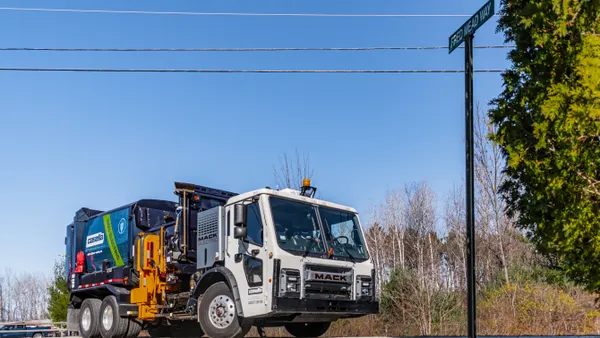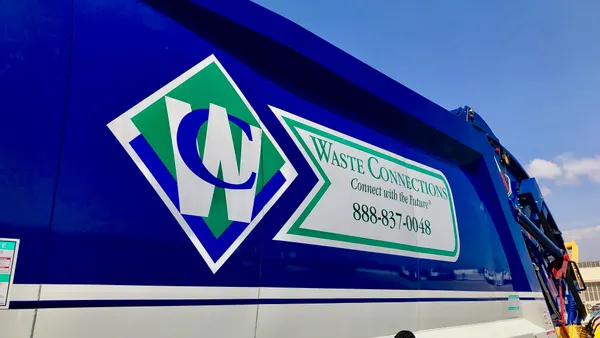The new coronavirus pandemic hit the recycling sector during a period of ongoing turbulence, compounding problems that have been happening for years. But waste industry stakeholders say ongoing responses to the issues recycling has faced have also put the sector in a better position to rebound from the crisis.
During this year's virtual SWANApalooza, Solid Waste Association of North America (SWANA) CEO David Biderman asked speakers representing The Recycling Partnership (TRP), Waste Management, the U.S. EPA, and Fairfax County, Virginia, about "overcoming recycling challenges and taking advantage of new opportunities." Many spoke to the problems recycling will need to address in a struggling economy hindered by a pandemic. But they also emphasized the role innovation and investment has played in preparing the sector for the current moment.
"The same policies that reduced global demand for recyclables have also led to more interest in [recycling]," said Susan Robinson, senior director of sustainability and policy at Waste Management. She added that "domestic demand has increased, as have investments in technology," as a result of the fallout from National Sword and the collapse of foreign end markets, a shift that has helped buffer the sector from some pandemic impacts.
The full effects of the pandemic on the broader industry are still evolving, but companies and organizations have been monitoring the toll on recycling. More than 100 municipalities scaled back or suspended recycling programs nationwide due to the crisis. While many have restarted, others remain in limbo.
Those impacts have come as recycling faces other serious hurdles. Dozens of municipalities have scrapped or scaled back their curbside programs over the past few years, citing financial issues and persistent contamination. Polling has consistently shown that recycling is popular with United States residents, but TRP's 2020 State of Curbside Recycling report found only 32% of available recyclable material in a single home is recycled. TRP attributes that low percentage to a number of factors, including limited curbside access in many parts of the country, as well as ongoing issues regarding public education and awareness.
"The bottom line is, the recycling system faces a great deal of challenges," said Elizabeth Biser, TRP's vice president of public affairs, during the Thursday SWANApalooza session.
Enduring issues like those referenced in the report also led to an unusual moment of public scrutiny for recycling in recent years, with some results underway.
Waste Management reported taking steps to boost its own efforts. Robinson said the company has invested $100 million per year for the past few years in improving recycling, including opening four new MRFs since 2018 and upgrading an additional 20 MRFs. This includes a Salt Lake City MRF that opened last month and another scheduled to open in Raleigh, North Carolina in Q4. Waste Management has spent $42 million installing 96 new and upgraded optical sorters and robotics, she said, adding the company is also focusing more on domestic markets, now selling 80% of its paper and cardboard at home compared to 63% three years ago.
"I used to think of recycling as a community process," Robinson said, adding that she now sees it as "part of our nation's manufacturing process."
Efforts at the municipal level to think creatively have also ramped up, as communities have sought new ways to preserve programs or continue to incorporate recycling into their systems.
John Kellas, Fairfax County's deputy director for public works, described local efforts to improve glass recycling. Fairfax County ceased accepting glass bottles and jars in its curbside recycling program as of October 2019, citing transportation costs and contamination issues. The county turned instead to purple, glass-only bins at drop-off sites, which Kellas said have been wildly popular throughout the county and wider region.
"[We were] paying for processing costs of the glass plus the disposal fees, just north of $100 per ton," he said. Now people have been "lining up to put their glass containers in the purple cans" resulting in the necessary feedstock to keep "Big Blue" — the county's processing machine — consistently supplied.
While Fairfax County briefly paused acceptance of glass due to COVID-19, purple bin drop-off resumed in May. Kellas expressed optimism about the program's future and said other counties continue to show interest in exploring similar options.
At the same time, some in the industry have found the pandemic's impacts are worsening pre-existing issues, like contamination. In a separate conference session, Waste Connections CEO Worthing Jackman said his company has "definitely seen a dilution in the quality of the recyclables, whether it be commercial or residential" in recent months.
Robinson did not speak to whether the pandemic had affected contamination rates at Waste Management, but she said the company's national average runs around 20%. Biser said the national contamination rate is around 17% when accounting for loads actually being delivered from curbside collection to MRFs.
Many industry stakeholders have thrown their weight behind federal legislation in the hopes of addressing issues like contamination and outdated infrastructure. In light of the pandemic, some have renewed that push around bills like the RECOVER Act. Others have instead advocated for passing the Break Free From Plastic Pollution Act, which focuses more on extended producer responsibility (EPR), plastics bans and container deposit systems.
Those pushes come as the EPA broadens its involvement with more America Recycles Day events and working groups focused on issues like strengthening secondary markets and improving education.
Kathleen Salyer, acting director of the agency's Office of Resource Conservation and Recovery, did not indicate whether the EPA might move to embrace policies like EPR.
"I often get asked, what's EPA's role in this effort?" she said, highlighting the potential for incentives programs that could help drive demand, along with comprehensive procurement guidelines. The agency is meant to "provide national leadership" and "enhance supply and demand of recyclables" while supporting state and local governments, she said.
Robinson of Waste Management also declined to take a stance on EPR, saying the United States is "unique and we are so locally based" compared to other countries, though the company's position has shown signs of shifting recently. Generally, Robinson expressed optimism about congressional interest in recycling.
"We're seeing so much more activity than we've ever seen before...[and I am] really looking forward to potentially seeing some legislation come out of that effort," she said.
That momentum appears to be enduring, with a Senate hearing two weeks ago indicating lawmakers are still invested in the issue. Concerns remain about the pandemic's long-term toll, however, and stakeholders acknowledged that reality while maintaining some optimism.
"The breadth of our services has never been more apparent than the last couple of months during COVID-19," said Robinson, who added the country has had "the unique opportunity to actually see circularity in action...[which has] made the notion of the supply chain real for people who maybe really hadn't given it, or recycling, much thought before."


